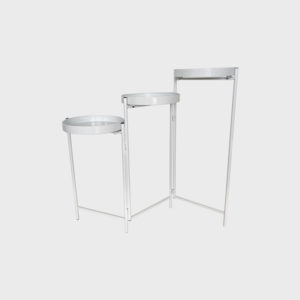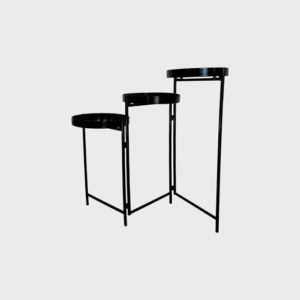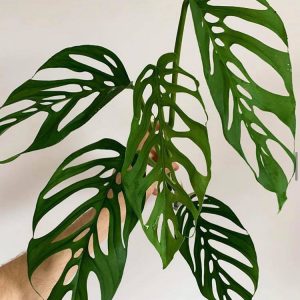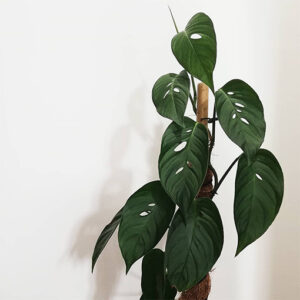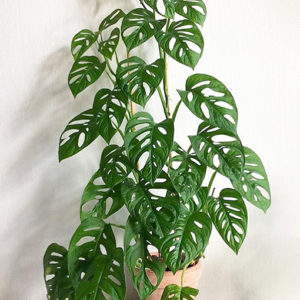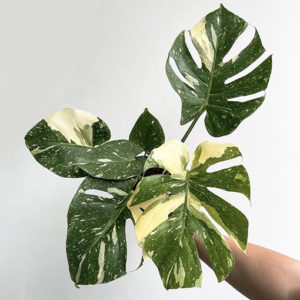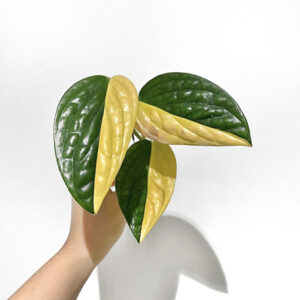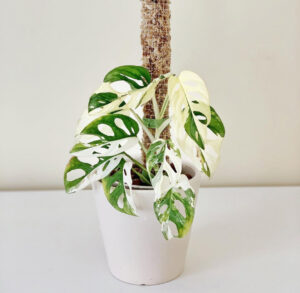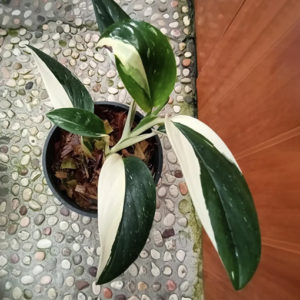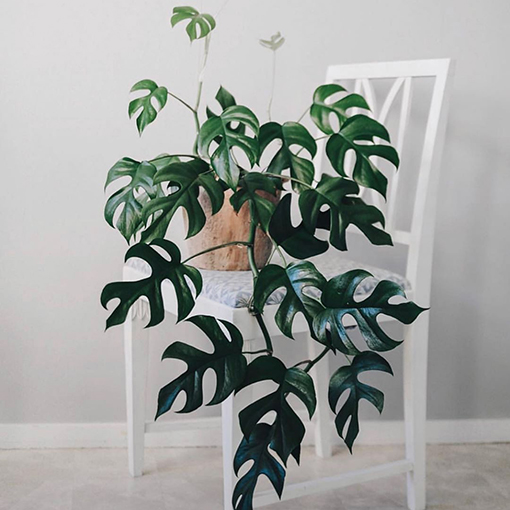
There’s a new boss doggy dog in town – Sir Rhaphidophora Tetrasperma, also known as Philodendron Minima! Super excited to have some babies available this weekend, but you better get in quick! 👑🌿😍 📸: @littleandlush
Rhaphidophora Tetrapasma Characteristics
If you like the cut-leaf look of a monstera but don’t have the room for a Monstera deliciosa, then this is the plant for you. It looks like a monstera but is in a completely different genus and from the other side of the world. The split leaf (or fenestration) is a common adaptation to cope with wind without damaging the foliage, and the leaves tend to split more the larger they get. This is a fast-growing species. You can let it grow really long and run it along a bookshelf or up a wall on guide wires, or prune it regularly to promote branching and a bushier plant to grow on a totem or trellis.
Rhaphidophora TetrapasmaNatural Environment
Rhaphidophora tetrasperma comes from the rainforest of the Malay Peninsula in Southeast Asia, where it climbs up trees towards the light. It is subjected to regular cycles of rain and drying breezes and is fertilised by a dilute solution of nutrients washed from the decaying material on the tree.
Rhaphidophora Tetrapasma Lighting, Watering, Fertiliser and Soil Mixture
To grow Rhaphidophora tetrasperma to its best indoors, we need to simulate natural conditions as closely as possible viz. medium to bright indirect light, moderate humidity, regular wet/dry cycles achieved by a thorough watering after the mix has dried down a few centimetres. While the plant is in active growth, fertilise fairly regularly with dilute fertiliser. Repot in spring into a slightly larger post using a free-draining but moisture retentive mix.
We recommend using our Plant Food available here.
Rhaphidophora Tetrapasma Common Pests
Spider mites are the worst pests.
For more information on how to manage common plant pests, head to our blog here.
Rhaphidophora Tetrapasma – Toxicity
Like other aroids, Rhaphidophora tetrasperma is toxic to humans and pets due to calcium oxalate and calcium carbonate crystals.


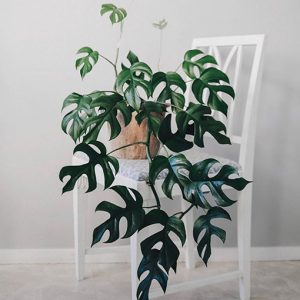 Rhaphidophora Tetrasperma - Mini Monstera Ladder 120mm
Rhaphidophora Tetrasperma - Mini Monstera Ladder 120mm
